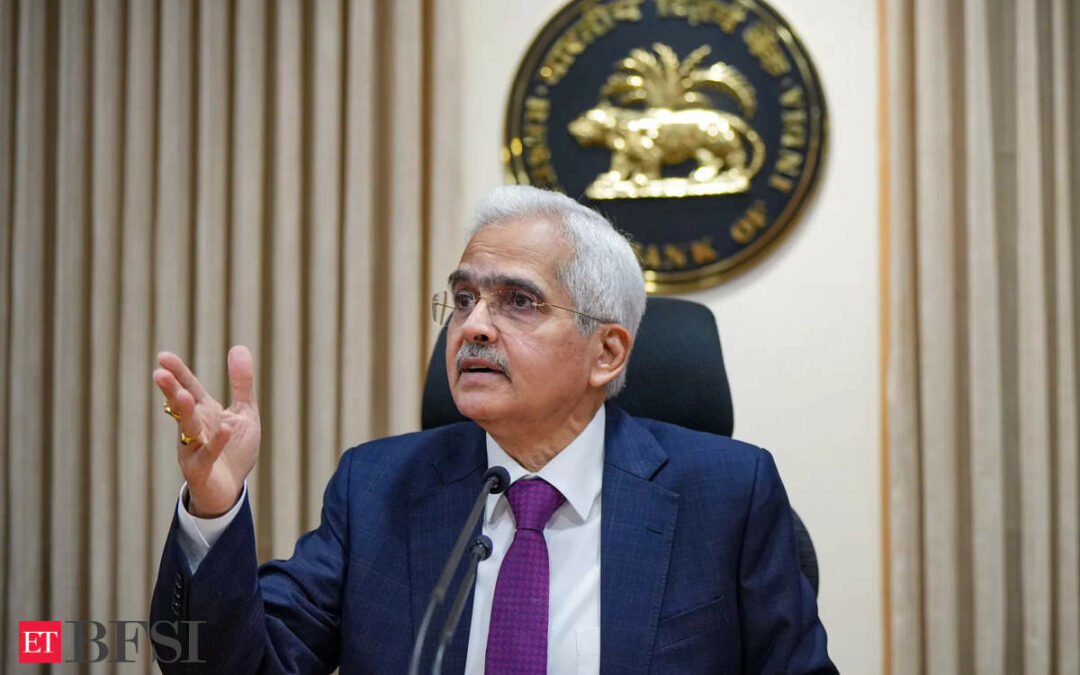The Reserve Bank of India (RBI) will kick off its three-day monetary policy meeting on Monday, which will run from October 7 to October 9. The outcome of the MPC meeting will be announced on October 9, shaping the trajectory of India’s monetary policy amid a volatile global economic backdrop.
The central bank has kept the repo rate unchanged for nine consecutive sessions at 6.50%, in an effort to balance inflation control with economic growth. Analysts expect the central bank to keep interest rates steady once again, especially as it evaluates the sustainability of recent declines in inflation. At the same time, escalating tensions in West Asia have raised concerns about their potential impact on local price levels.
A recent poll conducted by the Economic Times, which surveyed 10 respondents, indicated that the RBI is likely to keep the repo rate unchanged. This would mark the 10th consecutive bi-monthly meeting without a rate change. The Monetary Policy Committee (MPC), which last met in early August, will gather again from October 7-9. The repo rate, which is the rate at which the RBI lends to commercial banks, is a key tool in controlling liquidity and inflation.
Led by RBI Governor Shaktikanta Das, the MPC is expected to take into account several crucial factors, including ongoing inflationary pressures, global economic uncertainties, and domestic growth trends. Inflation remains a point of concern, particularly with food and fuel prices, which surged earlier this year. While India’s retail inflation in August fell to 3.65%, well within the RBI’s target band, food inflation remains high at 5.65%, surpassing the central bank’s medium-term goal of 4%.
Despite these challenges, the RBI is expected to maintain its current stance on the repo rate to support the ongoing economic recovery. However, external risks, particularly the surge in global crude oil prices due to tensions in West Asia, could eventually force the central bank to reconsider its policy.
The MPC has seen some changes in its composition, with three new external members recently appointed by the central government. These include Professor Ram Singh from the Delhi School of Economics, economist Saugata Bhattacharya, and Dr. Nagesh Kumar from the Institute for Studies in Industrial Development. They join three internal members from the RBI, including Governor Das, the Deputy Governor in charge of monetary policy, and a nominated officer from the RBI’s Central Board.
The US Federal Reserve recently slashed interest rates by 50 basis points following eight meetings of steady rates. This move has added to the complexity of the global monetary environment, which the RBI will have to navigate carefully.










